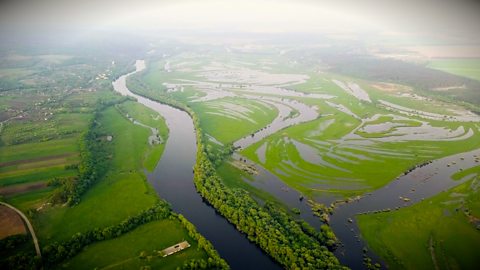This film explains what primary and secondary industries are.
Industry is any economic activity which creates jobs and generates income.
All industry is made up of four sectors that are a linked together like a chain: primary, secondary, tertiary and quaternary industry.
Industries in the primary and secondary sectors are the oldest types of industry and involve working directly with raw products.
Primary industries are the starting point for all industrial activities. They involve the growing, extracting or collection of raw materials from the Earth or sea.
Farming, fishing and mining are examples of primary industries. Work in these industries tends to be hard and physical. In the past, it required a lot of human power or the use of working animals like horses.
Secondary industries are the second link in the chain of industries. Industries in this sector turn raw materials from the primary sector into a manufactured product. Examples of a secondary industry include food processing, which transforms raw produce into the food products we buy in shops. And energy production, where coal, water or other natural resources are used to generate power for our homes and businesses. Car manufacture is another good example of a secondary industry, as it processes raw materials like metal and rubber into the cars we drive around in.
Historically, primary and secondary industries were often sited close together to minimise the cost of transporting materials. Today, it's common for the raw materials used in manufacturing to cross oceans.
For example, in plane manufacture the component parts can be made in several different locations across the globe and brought to one place to be assembled.
While primary and secondary industries may be less visible in the economy of many developed countries like the UK, they remain the essential first steps in every product that you use or consume.
Video summary
A short film for secondary schools explaining primary and secondary industries.
It will help students to understand the background of these industries and what each contributes to society and the country and how they are linked.
It covers the raw material harvest of primary industries and how these raw materials are processed, manufactured and changed, through secondary industries, into the products we use in our daily lives, such as cars.
It meets the requirement of the Key Stage 3 Geography Curriculum with regard to:
- human geography relating to: population and urbanisation
- international development economic activity in the primary, secondary, tertiary and quaternary sectors
- the use of natural resources
Teacher Notes
This short film is an ideal tool to help students understand the supply and manufacturing chain. It can be used to aid discussion around the importance of both primary and secondary industries and how the country’s reliance on these has developed and changed over time.
As the film progresses, students can reflect on how their lives would be different without some of the products and materials that we may take for granted in our daily lives.
Points for discussion:
- What is a primary industry?
- What is a secondary industry?
- How do these industries connect?
- How have these industries changed over time?
Suggested activities:
After watching this short film, students could carry out a study of the industries in their local area; what are the main types of industry present and how have these changed over time?
Students could carry out fieldwork to explore land use in the area and begin to allocate this to the four industry types.
Through debate and further research, students could explore how they believe the footprint of industry will change again in the future.
Can students begin to consider the reasons for the change in industries and how this links to industry overseas?
They could consider the role of more and less economically developed countries.
This short film is relevant for teaching geography at KS3 in England, Wales and Northern Ireland and 3rd and 4th Level in Scotland.
Tertiary and quaternary industries. video
A short film for secondary schools explaining tertiary and quaternary industries, what they are and how they fit into global economy.

Erosion. video
A short film for secondary schools explaining the various types of erosion and illustrating the dramatic effect the process has had on landscapes across the world.
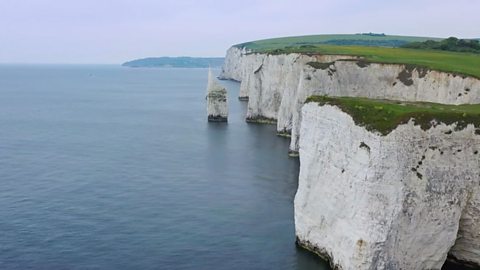
Plate tectonics. video
A short animated film for secondary schools detailing tectonic plates, their movement and boundaries, and what this means for Earth.

Responses to flooding. video
A short film for secondary schools explaining the common responses to flooding and the methods employed to prevent and reduce flooding. Footage shows examples of hard and soft engineering techniques.
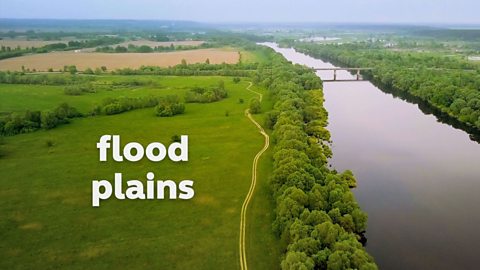
Glaciation. video
A short film for secondary schools explaining glaciation: what it is, how it shapes the land and the effects of climate change on the world’s glaciers.
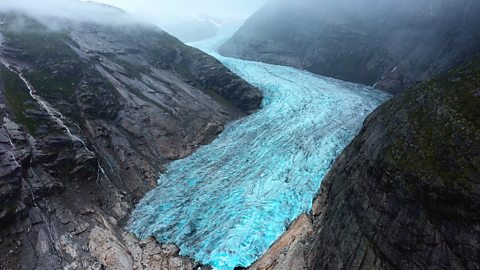
Rapid urbanisation. video
This short film for secondary schools gives students an understanding of urbanisation, how rapid urbanisation impacts on both urban and rural areas, and the challenges this presents.
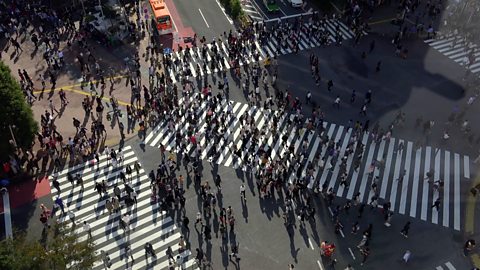
Coastal flooding. video
Illustrated with case studies, this short film for secondary schools explains the causes and results of coastal flooding, focussing primarily on instances in the UK.
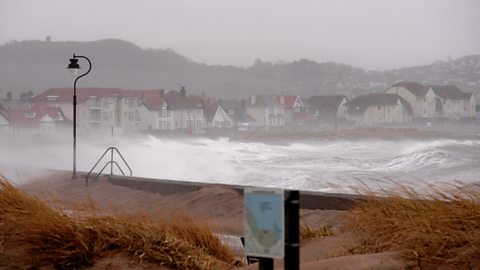
River flooding. video
A short film for secondary schools offering explanation of the causes and effects of river flooding. Footage shows examples of case studies of river flooding in the UK and across the world.
